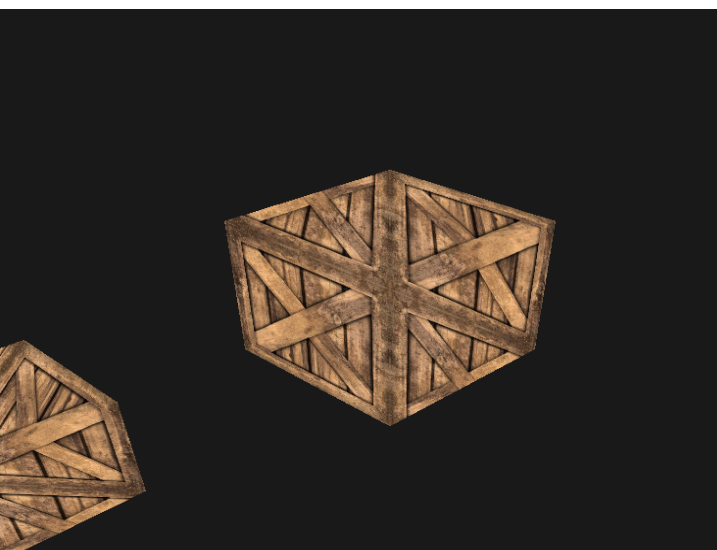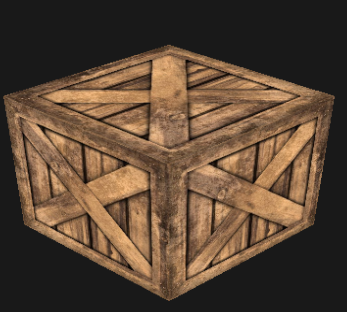Hello everyone! When I draw my cubes now, there is a bug with texture

Here is my vert and ind
TVertexPT vertices[] = {
{{-1.0f,-1.0f,-1.0f}, {0.0f, 1.0f}},
{{1.0f,-1.0f,-1.0f}, {1.0f, 1.0f}},
{{-1.0f,1.0f,-1.0f}, {0.0f, 0.0f}},
{{1.0f,1.0f,-1.0f}, {1.0f, 0.0f}},
{{-1.0f,-1.0f,1.0f}, {1.0f, 0.0f}},
{{1.0f,-1.0f,1.0f}, {0.0f, 0.0f}},
{{-1.0f,1.0f,1.0f}, {1.0f, 1.0f}},
{{1.0f,1.0f,1.0f}, {0.0f, 1.0f}},
{{-4.0f,-4.0f,-4.0f}, {0.0f, 1.0f}},
{{-2.0f,-4.0f,-4.0f}, {1.0f, 1.0f}},
{{-4.0f,-2.0f,-4.0f}, {0.0f, 0.0f}},
{{-2.0f,-2.0f,-4.0f}, {1.0f, 0.0f}},
{{-4.0f,-4.0f,-2.0f}, {1.0f, 0.0f}},
{{-2.0f,-4.0f,-2.0f}, {0.0f, 0.0f}},
{{-4.0f,-2.0f,-2.0f}, {1.0f, 1.0f}},
{{-2.0f,-2.0f,-2.0f}, {0.0f, 1.0f}},
};
unsigned short indices[] = {
0,2,1, 2,3,1,
1,3,5, 3,7,5,
2,6,3, 3,6,7,
4,5,7, 4,7,6,
0,4,2, 2,4,6,
0,1,4, 1,5,4,
0,2,1, 2,3,1,
1,3,5, 3,7,5,
2,6,3, 3,6,7,
4,5,7, 4,7,6,
0,4,2, 2,4,6,
0,1,4, 1,5,4
};
I need exactly indexed cube.












